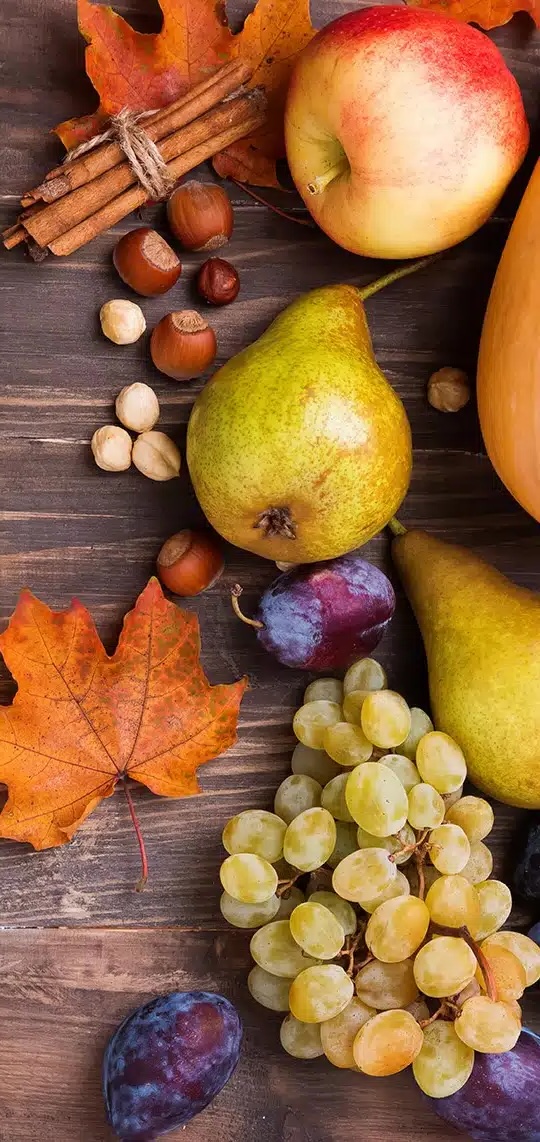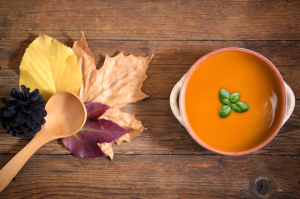It’s that time of year when we start leaving behind big summer salads and cold dishes, and instead add foods that help us face the first chilly days. For a balanced diet, it’s always best to follow seasonal produce, as it ensures fresh, nutrient-rich foods all year round.
5 foods to add to your autumn diet
PUMPKIN
A versatile vegetable you can enjoy in many ways: as a side dish, baked, in soups or purees, or paired with carbs in a delicious risotto. Pumpkin is rich in beta-carotene, an essential carotenoid that supports eye health, heart function, skin wellness, and blood sugar balance. Its seeds are also an excellent source of zinc and magnesium—key minerals, especially for athletes. Plus, pumpkin is naturally high in soluble fiber, which plays a crucial role in gut health.
CHICKPEAS
A great autumn legume. From a nutritional perspective, they’re a source of plant-based protein, but in my practice, I often use them as a carbohydrate alternative since they’re also rich in fiber, minerals, and vitamins. They can be prepared in many ways, from side dishes (best bought dry and cooked) to convenient canned or jarred options, or even as hummus. I often combine chickpeas with rice or pasta to create a complete meal packed with protein, energy, and micronutrients. Note: for those not used to legumes, start with small amounts to ease digestion, or peel the skins if needed.
BARLEY
A fantastic autumn grain and a great alternative to pasta or rice. Barley provides energy, fiber, and important micronutrients like phosphorus and magnesium, along with B vitamins. Thanks to its fiber content, it has a positive effect on digestion and can help with constipation (best consumed away from physical activity). Try it with protein sources as a cereal alternative, or in hearty soups with vegetables and legumes. Go for whole barley if you already digest well, or opt for hulled or pearled barley for easier digestion.
ORANGES
As autumn arrives, fruit choices shift too, and oranges are a seasonal must. They’re rich in vitamin C, vitamin A, and essential minerals, making them a valuable addition to any diet. Enjoy them as a snack or breakfast option, whether fresh, in juice, or even added to salads and dishes. With their natural sugars and quick energy, oranges are also an excellent pre-workout food.
DARK CHOCOLATE
Time for something sweet! Chocolate doesn’t need to be excluded from your diet—on the contrary. Dark chocolate makes a great substitute for summer desserts and is well known for its antioxidant and cardiovascular benefits. Ideally, choose varieties with at least 85% cocoa to maximize healthy fats and nutrients. That said, portion control matters, as it’s still calorie-dense. Avoid consuming it right before workouts, since it may cause digestive discomfort, and be mindful of caffeine and theobromine content, which can affect sleep if eaten late at night.

These are general tips for people without medical conditions who already have some knowledge about managing their diet. Our recommendation is always to consult a qualified professional to set up a balanced and personalized nutrition plan that can help you achieve your health and fitness goals. Would you like tailored advice? Book a free consultation and let’s review your goals together, starting from where you are today!


